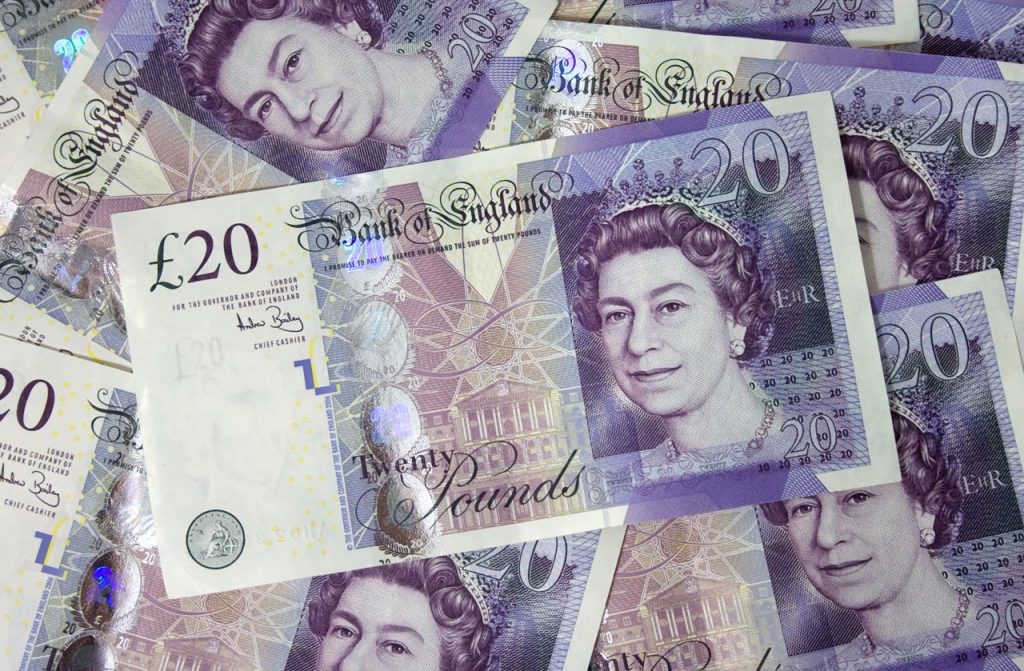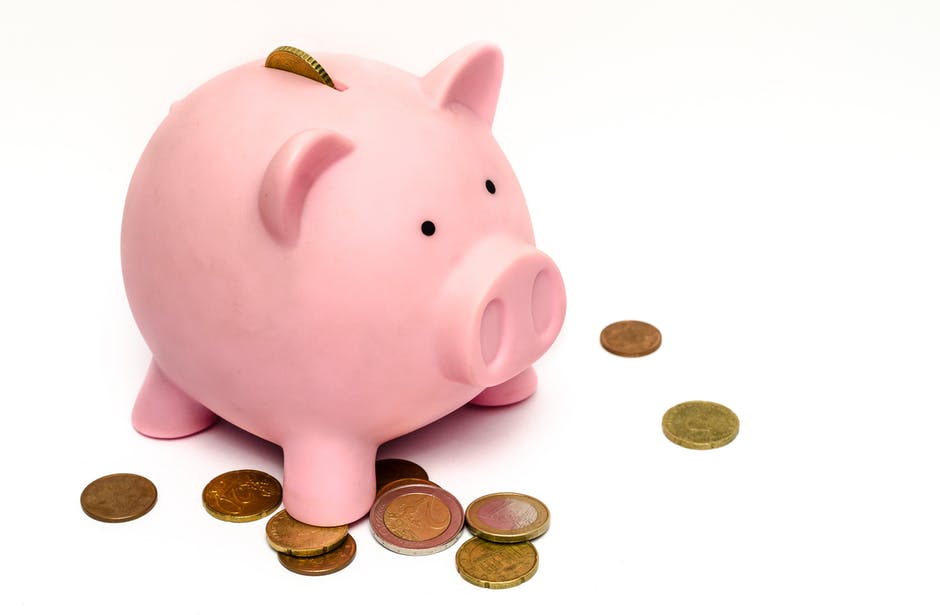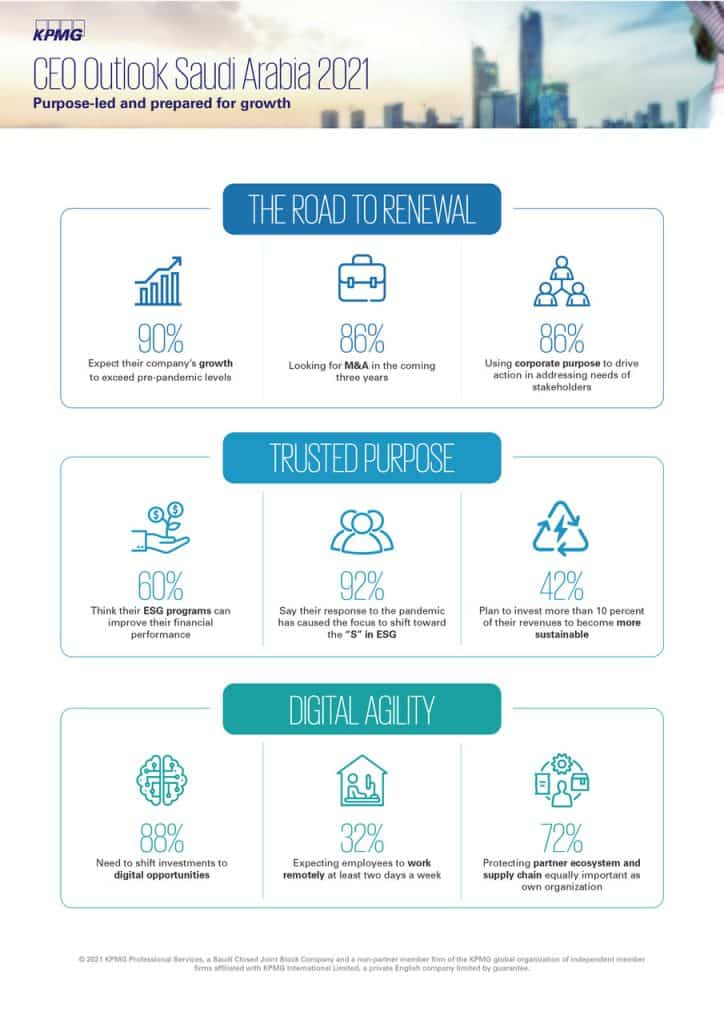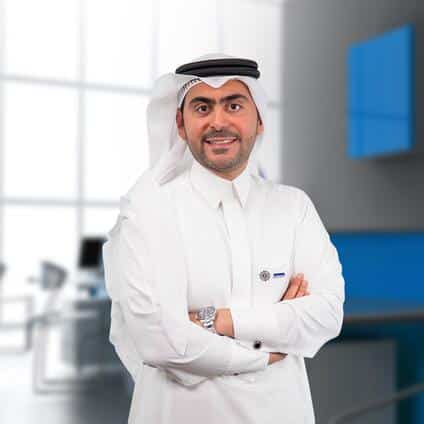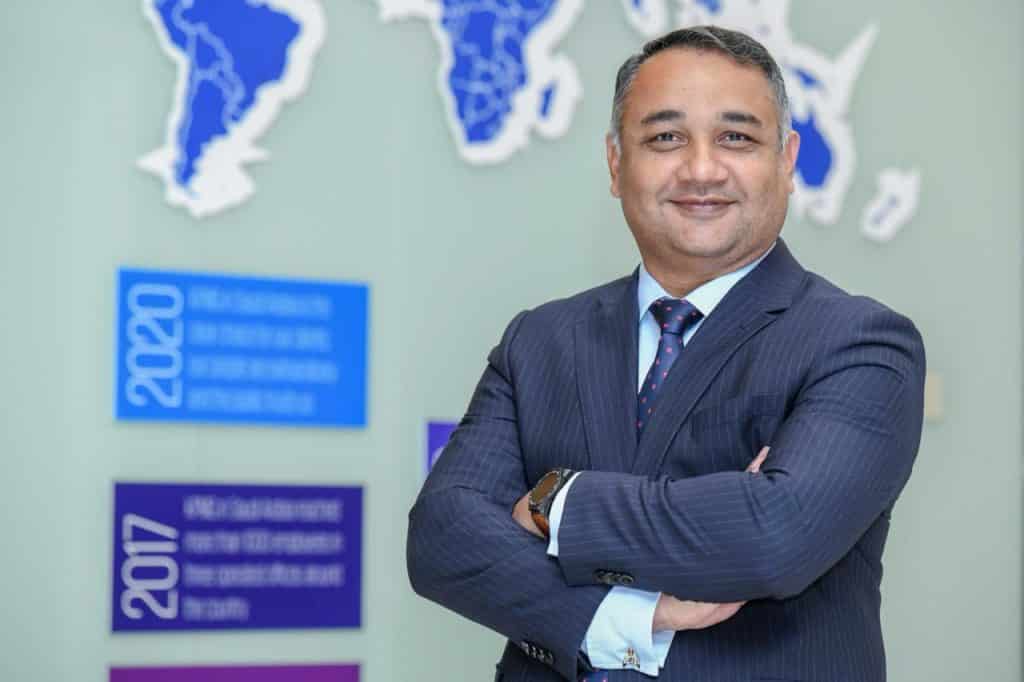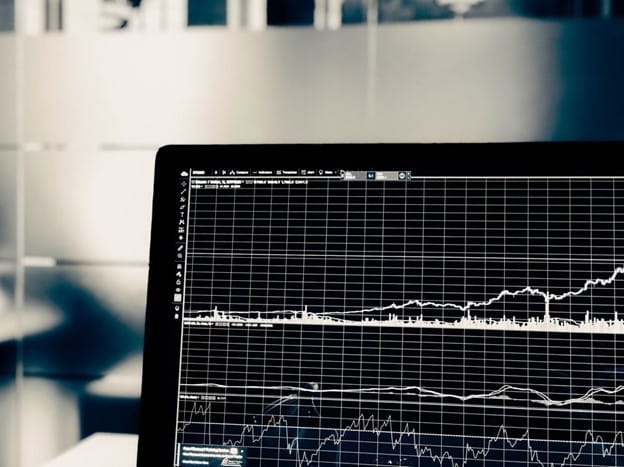The ISA was introduced to the UK in 1999 as a way to get Britain’s population saving. Originally, it was branded a colossal failure by the media and many politicians. But did you know that over twenty years on, the ISA is now one of the best ways to make interest on your money? If not, then you should know what an ISA does and give it careful consideration. Read on as we discuss the benefits of a Cash ISA.
What Is an ISA?
An individual savings account (ISA) is a type of saving account in which you do not pay tax on the interest you make. It works on the principle that all people in the UK on the basic rate of tax can now earn £1000 of savings interest per year without taxation. This amount decreases the higher your tax band goes.
What Are the Requirements?
To open an ISA, you must be a UK resident over the age of 16. You can have as many ISA accounts as you like, though you can only open one each year.
Younger children can benefit from junior ISA accounts. If accounts are a gift from parents, these may still be liable for tax so make sure to check the requirements.
How Do They Work?
The limit on cash ISA contributions for the 2021/22 tax year is £20,000. While you may not be able to open an account more than once a year, you can transfer them during the tax year. There are two main types known as a cash ISA and a stocks and shares ISA.
Your annual limit does not roll over to the next tax year if you make a withdrawal. For example, if you reached the limit you could not take out £2000 and then replace it. The only time this can be done is with a flexible ISA.
Types of ISA
Flexible ISA accounts operate in a slightly different way. They allow you to withdraw and replace money without reducing the current year’s allowance. This has to be done within the same tax year.
Fixed-rate ISA accounts will provide the highest rates of interest. In return, you will have to specify a time period in which your money will be locked away. If you do need to access it, then you will have to pay a penalty.
Some ISA accounts may offer a fixed rate for a given time period. For example, you may get a certain interest rate for three or five years. There are also a few more very specific types of ISA you should know about.
Stocks and Shares ISA
Your ISA can also be used to invest in stock, shares and bonds. Many people take out ISA accounts for the safety and guaranteed return, but this is one way your money can go up as well as down. As such, stocks and shares ISAs are better for long-term investment.
These accounts will charge a number of fees for services. Platform changing, trading fees, cashing out fees, and management charges can all add up. use them if you want to keep adding to the ISA over a long period of time.
Lifetime ISA
Lifetime ISA accounts are a bit of an anomaly, as they only allow you a £4000 limit each tax year. They can also be broken down into cash or stock and share versions.
The yearly £4000 limit can be put in with one lump sum or in instalments. After each month that you have saved, the state will add 25% to the total. As that is quite a substantial amount, there are a few caveats involved.
Firstly, you have to be between the age of 18 to 39 to open one. Secondly, you can only withdraw money if you are buying your first home or retiring. Thus, they can only be used to save for retirement or for buying a property.
Junior ISA
A Junior ISA lets you have tax free savings on behalf of a child. This can be for saving, investment or a mix and match approach. They operate in very much the same way as any other ISA account.
Up to $9000 a year can get deposited into a Junior ISA. The caveat is the child takes control of the account at 16 but can not get the money until they are 18. The money is then legally theirs, to do what they want with.
Tips on Opening an ISA
When opting for an ISA, the best rates are fixed rates. The longer you are willing to lock away your cash, the better the rewards will be. Fixed rates with fixed periods will give the best value, which will increase the longer you keep your money tucked away.
Many ISA accounts also remain open. For example, if you find a provider you have banked with in the past, they may let you pay into an old ISA account. You won’t have to go through the same setup process, but you will need to reactivate the account.
Another tip is to always use your allowance when possible. Even if you are not happy with the rates on offer, the money still has tax free status. You can move it in the coming years and add to it which will pay long term, especially when interest rates go up.
Finding a Provider
Now you know the benefits of a cash ISA, you should start to look for one. Shop around, as rates can differ wherever you go. You may find the most competitive rates are not your normal provider.
For all of your wealth management, CFI is here to help. With advice on everything from economics to wealth finance, we can help you get the most from your money in the coming year. Click here to read all our blog articles on private banking.
